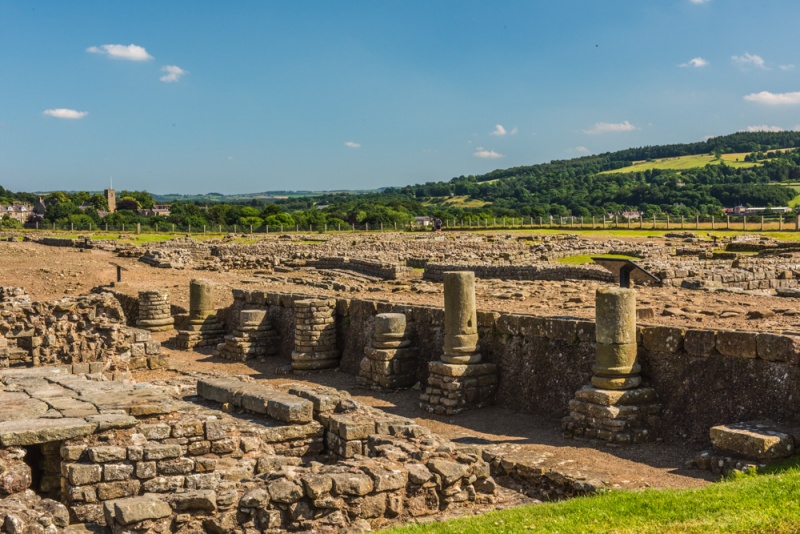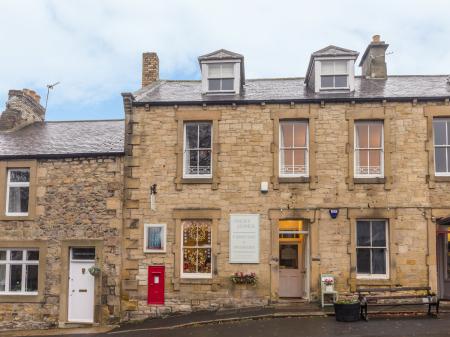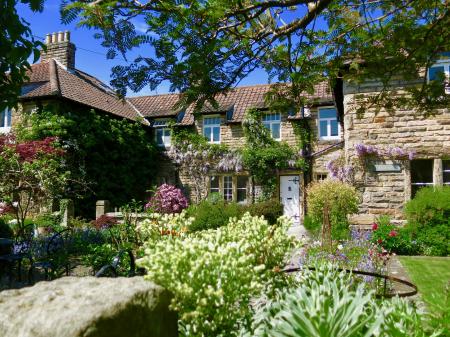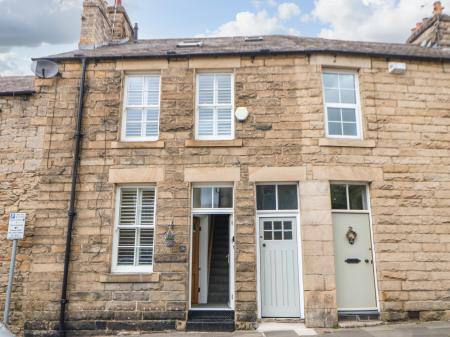
There are four forts superimposed on top of one another, with a later legionary supply base and a large civilian settlement on top of that. The complex range of Roman buildings makes Corbridge one of the most fascinating Roman sites in England.

History
Though it is often considered part of the Hadrian's Wall defences, Corbridge actually began much earlier. The first fort in the Corbridge area was built in AD 79 at what is now Red House Farm, less than a mile to the east. This first fort was used to aid the invasion of southern Scotland by Agricola. Around AD 86 the fort was abandoned and a new fort built at the present site, which offered a good location for a bridge across the river. The first troops to be stationed at Corbridge may have been the 'alia Petriana', an elite cavalry regiment.
The 1st-century fort was rebuilt several times over the following century, and was subsequently used to house troops during the building of Hadrian's Wall, approximately 2 miles to the north.
In AD 105 the fort burned to the ground, possibly after an attack by northern tribes. It was rebuilt to form part of the Stanegate line of fortifications across the Roman frontier. Corbridge served as a supply base for Antoninus Pius' invasion of Scotland, due to its location on the major north-south route known as Dere Street.
The Romans rebuilt the original timber bridge across the Tyne around AD 160. During the following decade, the 20th and 6th legions were stationed at Corbridge. The legions helped garrison the forts along Hadrian's Wall and north along Dere Street. Corbridge acted as a major supply base and market area for the northern fringes of Roman territory.
During this phase, the granaries were expanded and a huge warehouse erected. The old defences were torn down to make way for new buildings. The earlier forts were transformed into a huge legionary supply base, known to archaeologists as Site XI. At the heart of this new supply base was a courtyard building considered the largest single Roman building visible in Roman Britain. This courtyard building, on an unprecedented scale, was never finished, probably due to unrest on the northern frontier during the late 2nd century.

Sometime around AD 180, a devastating fire hit Corbridge, and the expansion of the site stopped. It is possible that the fire was an accident, but it may also have been due to an attack from the north, with barbarian tribes breaking through Hadrian's Wall.
The large granaries were finally rebuilt in the early 3rd century when new compounds were built for legionary detachments from the Legio II Augusta.
The westernmost granaries are the best-preserved in Britain, complete with underfloor ventilation and raised flooring. Near the granaries was a large public fountain, fed by an aqueduct. You can still see the settling tank for the water and the aqueduct channel that brought water to the fountain.
From the late 2nd century a large town grew up around the fort, with shops, townhouses, and communal baths. By the 3rd century Corbridge was a 'civitas'; a self-governing administrative unit. As the town grew in importance the military presence declined. As late as AD 370 the main street through the town was rebuilt.
The town continued in use until the departure of the Romans from Britain in the early 5th century then was quickly abandoned. A Saxon settlement was established to the east around AD 670. The Saxons robbed stones from the Roman site for centuries, and Roman stones were used to build St Wilfrid's church in Hexham.
In the early 13th century King John, always a man with an eye for money, had his men dig at Corbridge in search of treasure. They found nothing but carved stones bonded with metal cramps and soon gave up.
King John's search was haphazard by the standards of archaeologists, but thankfully much of the site has been properly excavated, revealing a range of buildings, including granaries, a fountain house, barracks, temples, an aqueduct, and houses for both civilians and military. Excavations unearthed one of the largest and most diverse collections of Roman artefacts anywhere in Britain.

The Corbridge Hoard
Perhaps the most impressive find was discovered in 1964 when archaeologists uncovered a wooden chest, bound with leather and iron. Inside the chest was a fabulous collection of weapons, armour, and tools. The highlight was two suits of plate armour, the best-preserved examples of segmented plate armour in Britain.
Another important item in the museum is the Corbridge Lion, a magnificent stone carving of a lion attacking a deer. The lion was originally carved to decorate a grave.
I've visited Corbridge Roman Town twice, and it really is an amazingly impressive site. It can be a little difficult to understand the layout of the site, but that's simply because it was built and rebuilt so many times as it developed from a fort to a supply base to a town. It really is one of the most impressive Roman sites in Britain.






 We've 'tagged' this attraction information to help you find related historic attractions and learn more about major time periods mentioned.
We've 'tagged' this attraction information to help you find related historic attractions and learn more about major time periods mentioned.



